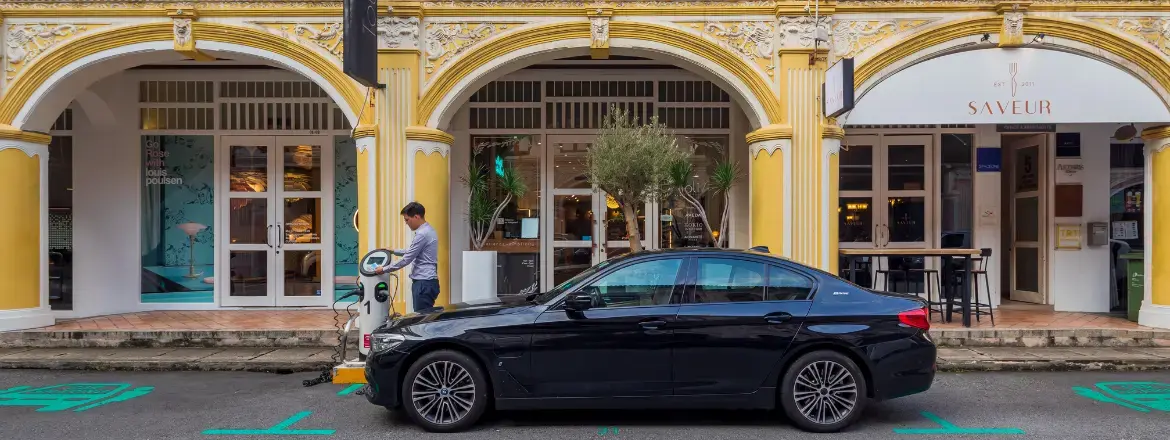
Planning a trip with pets is no easy task as it requires special preparation and collection of necessary documents, sometimes even a few months ahead. However, the purpose of this text is not to scare you, but to give you some useful pieces of advice on how to make the trip less stressful both for you and your pet so that you can enjoy your little adventure together.
Safety comes first
Make sure that the safety of your pet and of other passengers, as well as your own, is your number one priority. The safest place to position the animal is the back seat behind the passenger next to you, and never on the front seat. This way it will be easier for you to follow what happens behind. Moreover, it allows you to stay focused in an unpredicted situation. The safest place for cats and smaller dogs is inside a special transporter that allows enough space for the pet to stand up, lie down and turn around. Don’t forget to bring their favorite blanket and toy to make them feel as much pleasant as possible. In some cases it is advisable to make them feel comfortable inside a transporter before the trip. In that case, take them on short rides and give them a well-deserved treat at the end of the ride. For bigger animals you can find special belts, seats or other travel accessories in pet shops. It is not advisable to let the pet stick its head out of the car no matter how fun that is for both of you. Keep the windows raised, but make sure you let some fresh air in from time to time. Make sure the temperature inside the car is pleasant, never too hot or too cold.

Meals, stops and biological needs
A general piece of advice is to feed the animal two or three hours prior to the trip, never right before you hit the road because they might feel nauseated. If there is a long journey ahead, bring their food from home because they might refuse to eat the food that you have bought somewhere on the way. Also, make sure you bring the water they are used to, and bring lots of it. Don’t forget the pet’s bowls, leash, brush and blanket. If you need to feed it during a long journey do it when you make a stop and don’t get going right away. Take into consideration that the stops need to be frequent. It would be great if you can walk your pet on a leash during your breaks, so that it can relieve itself and stretch its legs. Consult your vet about medication for nausea.

Necessary documentation
Before you enter a foreign country, make sure you’ve read their regulations about animals entering the country. For non-EU countries you will need to have a passport issued by a vet, a confirmation that the pet has been vaccinated and permanently marked (microchipped), a paper confirming the health of the animal no older than 48 hours, issued by an authorized vet and a permit to leave the country issued by the Republic of Serbia Veterinary Inspection. For EU countries you will also need rabies blood serum test results issued by an EU-authorized laboratory (in Serbia this is Pasteur Institute of Novi Sad). The pet blood titer test needs to be done no earlier than one month after the pet has been vaccinated against rabies. If the test results prove to be satisfactory, you are allowed to travel three months after receiving the results. This analysis is done once in a lifetime, given that the pet is being vaccinated regularly. Make sure you also have it vaccinated against contagious diseases and treated for fleas, ticks and parasites. The animal needs to be cleaned from all kinds of parasites up to 6 months before the trip.

Of course, you must not forget about the necessary car checkups so as to avoid unpleasant surprises on the road. We hope you find these pieces of advice useful. Feel free to contact us for any additional questions, suggestions or doubts.



